Does Klinefelter Syndrome
Cause
A Bent Penis?
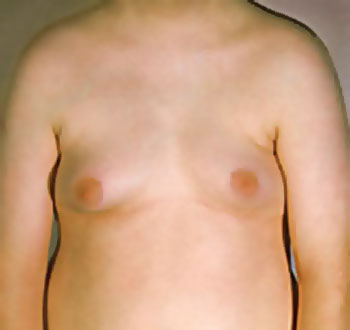
What's HAPPENING
WITH KLINEFELTER SYNDROME?
Klinefelter
syndrome
is a condition where a male has an extra X sex
chromosome.
Females have an XX chromosomal makeup. Males have an XY.
Males usually inherit a single X chromosome from their mother and a single Y chromosome from their father. Males with Klinefelter's get at least one extra X chromosome.
This syndrome is the most common sex chromosome disorder. It is also the second most common condition caused by the presence of extra chromosomes.
This condition exists in about 1 out of 1000 males. 1 out of
every 500 males have an extra x chromosome, but do not have the
syndrome.
47 XXY Males
47 chromosomes instead of 46
This irregularity was named after Dr. Harry Klinefelter who was an endocrinologist at Massachusetts General Hospital in Boston, Massachusetts. He first described the condition in 1942.
Because of the extra chromosome, males who have this condition
are usually referred to as "XXY Males", or "47, XXY Males" (because
there are 47 chromosomes instead of the usual 46).
Is peyronies disease
or
a bent penis
a related condition?
A bent penis (Peyronies Disease) is NOT a symptom of Klinefelter's.
Since there are numerous physical abnormalities possible with this syndrome, it is easy to understand why a boy or man who has the condition, and a bent penis, would think they are all related.
But, they are two separate conditions. Just as heart disease and arthritis are separate conditions.
Some men with Klinefelter's can get a bent penis (caused by a Peyronies condition) just like any other male.
In Peyronies conditions, 99.999% of the time, straightening a bent penis does not require surgery, injections, or drugs.
Even if a man has Klinefelter's, a bent penis is still normally very easy to fix
What About
Hypogonadism?
The term "hypogonadism" associated with this condition is often misinterpreted to mean "small testicles" or "small penis".
What Hypogonadism actually means is: decreased testicular hormone/endocrine function.
Because of this, men with this syndrome will often have a low serum testosterone level.
Despite this misunderstanding of the word, however, it is true that men with Klinefelter's often also have
"microorchidism"
(small testicles).
the symptoms
of
klinefelter's syndrome
There are also a variety of other physical symptoms, behavioral differences, and problems associated with this condition. Severity varies.
Many boys and men with this condition have few detectable symptoms.
The major symptoms include:
- Infertility
- Language leaning impairment
- Impaired executive functions (thought processes which are responsible for planning, cognitive flexibility, abstract thinking, rule acquisition, initiating appropriate actions and inhibiting inappropriate actions, and selecting relevant sensory information)
- Learning Disabilities
- Gynecomastia (increased breast tissue)
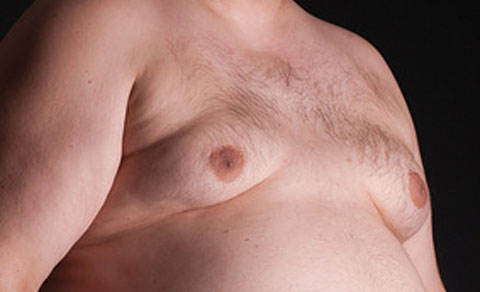 gynecomastia
gynecomastia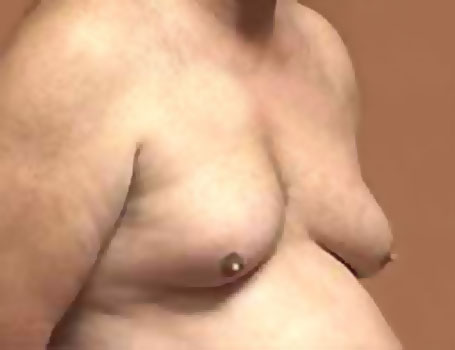 gynecomastia
gynecomastia"Only about 10% of XXY males' with gynecomastia
have enough increased breast size
to require surgery."
The extra chromosome also affects:
- Bone strength
- Energy level
- Muscle mass
- Hair growth
- Social development
- Height
- Hip girth
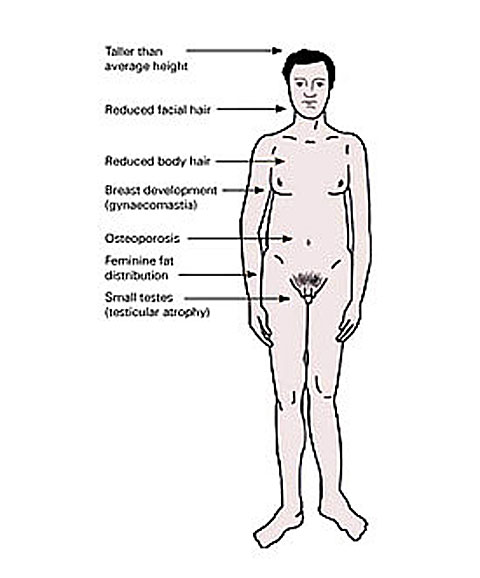
The symptoms can be very minimal or severe. Many men with the syndrome do not even know they have it.
The diagnosis may be found:
1) In adult males - when the man has fertility concerns
2) In adolescent males - when the child has excessive breast development
3) In male children - when the child is having problems learning
4) In male babies - undescended testes or very small penis
5) In the unborn - when
amniocentesis
is done
what are
the
risk factors?
Women over age 35 have a slightly increased chance of having a child with Klinefelter syndrome.
There are no other known risk factors for this disorder.
Problems associated with
klinefelter syndrome
Unfortunately, men with this condition have increased risk of:
* Diabetes
* Breast cancer
* Lung cancer
* Cardiovascular disease
* Lung disease
* Osteoporosis
What treatments
are used for klinefelter syndrome
The main treatment for Klinefelter syndrome has been
testosterone.
When boys diagnosed with this condition are 10-12 years old, their hormone levels are usually checked yearly.
If their testosterone levels are low, then testosterone treatment may be helpful. Men diagnosed with the condition may also benefit from taking testosterone.
Testosterone can not reverse infertility.
However,
not all men with Klinefelter syndrome are 100% infertile.
Be Well.....
~ William




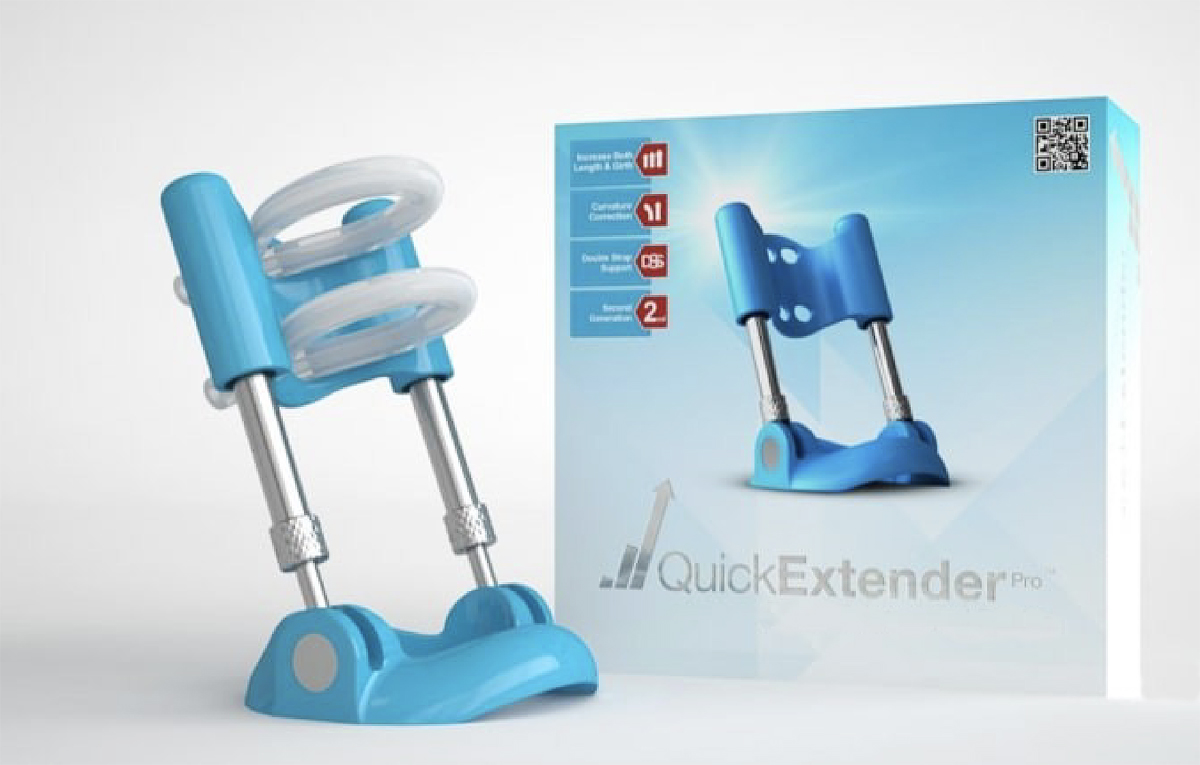






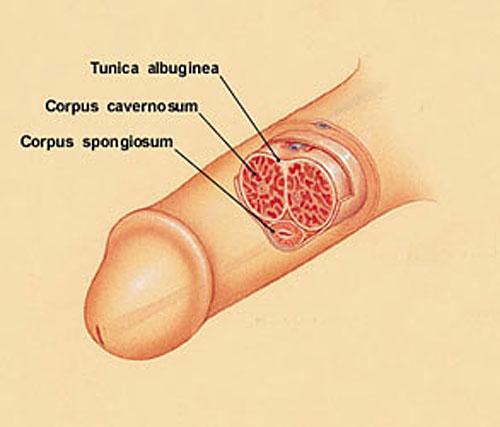




New! Comments
If you'd like to leave me a comment, please use the box below. Thanks! ~ William